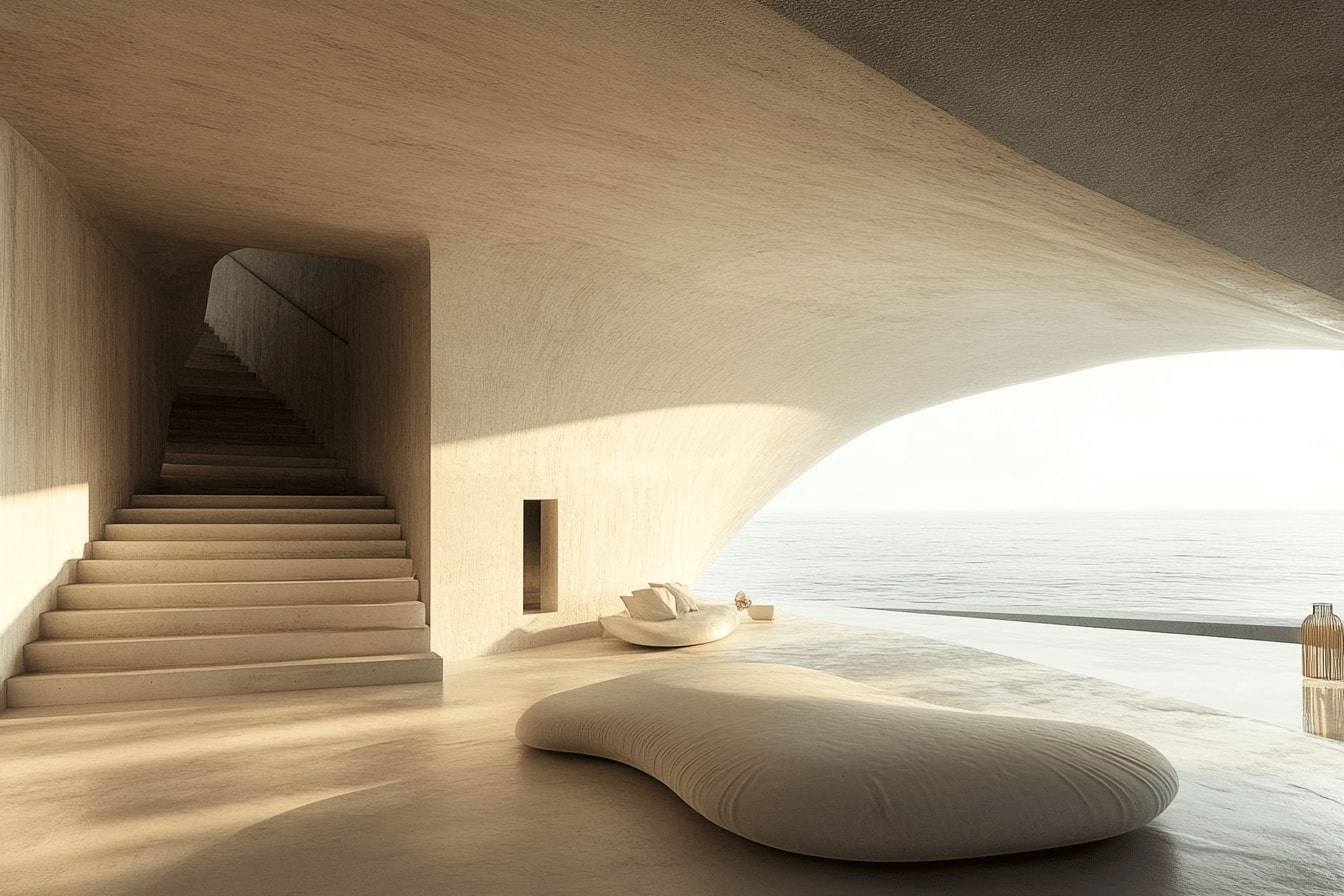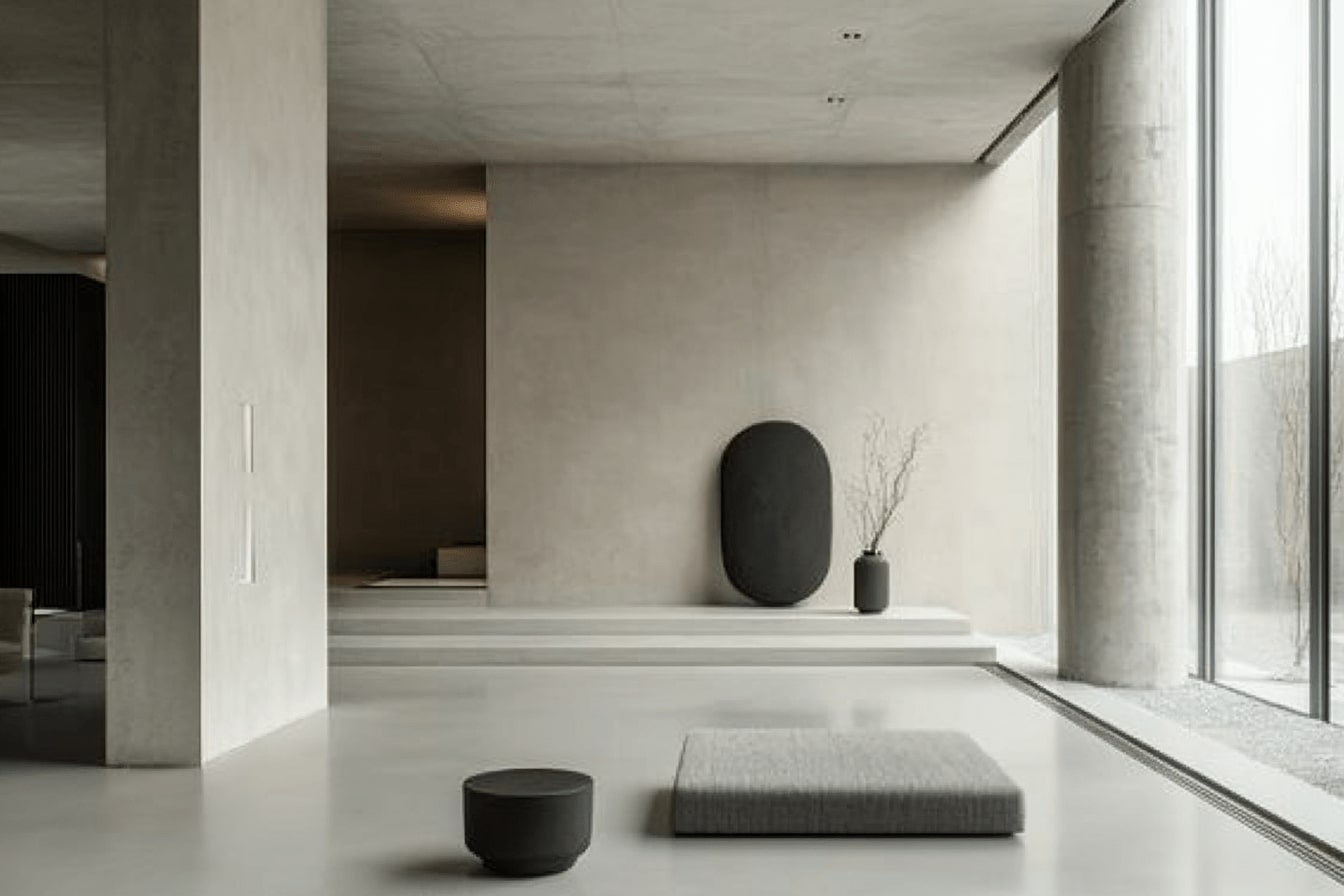- Home
- Articles
- Architectural Portfolio
- Architectral Presentation
- Inspirational Stories
- Architecture News
- Visualization
- BIM Industry
- Facade Design
- Parametric Design
- Career
- Landscape Architecture
- Construction
- Artificial Intelligence
- Sketching
- Design Softwares
- Diagrams
- Writing
- Architectural Tips
- Sustainability
- Courses
- Concept
- Technology
- History & Heritage
- Future of Architecture
- Guides & How-To
- Art & Culture
- Projects
- Interior Design
- Competitions
- Jobs
- Store
- Tools
- More
- Home
- Articles
- Architectural Portfolio
- Architectral Presentation
- Inspirational Stories
- Architecture News
- Visualization
- BIM Industry
- Facade Design
- Parametric Design
- Career
- Landscape Architecture
- Construction
- Artificial Intelligence
- Sketching
- Design Softwares
- Diagrams
- Writing
- Architectural Tips
- Sustainability
- Courses
- Concept
- Technology
- History & Heritage
- Future of Architecture
- Guides & How-To
- Art & Culture
- Projects
- Interior Design
- Competitions
- Jobs
- Store
- Tools
- More
How Architecture Influences Mental Health: Key Design Elements and Strategies
In today's fast-paced world, our surroundings play a crucial role in shaping our mental well-being. From the buildings we work in to the spaces we call home, architecture deeply influences our mood, productivity, and overall happiness. As we spend nearly 90% of our time indoors, it's essential to consider how design impacts our mental health.

In today’s fast-paced world, our surroundings play a crucial role in shaping our mental well-being. From the buildings we work in to the spaces we call home, architecture deeply influences our mood, productivity, and overall happiness. As we spend nearly 90% of our time indoors, it’s essential to consider how design impacts our mental health.
Recent studies highlight that thoughtfully designed spaces can reduce stress, enhance creativity, and promote a sense of calm. For instance, incorporating natural light, green spaces, and open layouts can significantly improve our psychological state. As we explore the connection between architecture and mental health, it’s clear that designing for happiness isn’t just a trend—it’s a necessity for our well-being.

Table of Contents
ToggleThe Connection Between Architecture and Mental Health
How Buildings Influence Emotional Well-Being
Buildings play a critical role in shaping our emotional well-being. A well-designed space can reduce negative feelings like stress and anxiety. Studies indicate that elements such as natural light, appropriate color schemes, and ergonomic furniture contribute significantly to a positive emotional state. For example, the use of large windows allows natural sunlight to flood indoor spaces, which has been linked to improved mood and reduced symptoms of seasonal affective disorder (SAD). On the other hand, poorly designed buildings that are dark, cramped, or noisy can exacerbate feelings of depression and anxiety, creating a less conducive environment for productivity and relaxation.
The Role of Environmental Psychology in Architecture
Environmental psychology examines the relationship between humans and their physical surroundings, offering valuable insights into architectural design. By considering psychological principles during the design phase, architects can create spaces that positively impact mental health. For instance, incorporating green spaces within and around buildings can promote relaxation and reduce stress. Research shows that access to nature, even through a window view, can improve cognitive function and emotional well-being. Additionally, environmental psychology advocates for spaces that provide a balanced sense of privacy and community, which can enhance social interactions and emotional comfort. Such considerations ensure that buildings are not just functional but also nurturing for the human psyche.

Key Architectural Features That Impact Mental Health
Importance of Natural Light
Natural light significantly affects mental health. It boosts vitamin D production, which is linked to improved mood and reduced risks of depression and obesity. Studies show inadequate daylighting increases depression probability by 60%, and poor window views by 40%. Natural light also enhances sleep patterns, focus, and productivity. Integrating large windows and skylights in buildings can ensure sufficient daylight exposure.
Incorporating Biophilic Design
Biophilic design integrates natural elements into the built environment. Using plants, water features, and natural materials, this design method fosters a connection with nature. This connection promotes tranquility, reduces anxiety, and improves cognitive function and creativity. Including green walls, indoor gardens, or natural wood elements can create spaces that nurture mental well-being.
Understanding the connection between environment and mental health also underscores the importance of early and accurate mental health assessments, such as knowing how to diagnose schizophrenia, which can be influenced by both genetic and environmental factors.
Designing for Silence and Noise Control
Noise control plays a crucial role in mental health. Urban noise, particularly from neighbors, is linked to sleep disturbance, cardiovascular disease, and cognitive impairment. Effective architectural solutions include soundproofing materials, strategic room placement, and quiet zones. Designing apartments with thick walls and quiet communal areas can significantly reduce noise-related stress.
Color Schemes and Material Choices
Color schemes and material choices can affect mood and emotions. Soothing colors like blues and greens enhance calmness and balance. Conversely, bright colors like red and yellow can energize but may also cause overstimulation. Materials also play a part; natural materials such as wood and stone provide warmth and grounding. Selecting the right combination of colors and materials can create environments conducive to positive mental health.
Design Strategies for Enhancing Mental Health
Creating Therapeutic Spaces
Creating therapeutic spaces involves integrating elements that promote well-being and reduce stress. Researchers have shown that exposure to nature can distract from stress and reduce anxiety. Incorporating elements like indoor plants, green walls, and access to outdoor views enhances biophilic design principles and connects occupants with nature. Additionally, using natural materials such as wood and stone can evoke a sense of calm and tranquility.
Noise control is another crucial factor. Studies highlight the adverse effects of neighbor noise on health, leading to increased stress levels. Effective design solutions include soundproofing materials and thoughtful spatial planning to minimize exposure to disruptive sounds. For example, private living spaces can be placed away from noisy communal areas.
Lighting plays a pivotal role in establishing therapeutic environments. Natural light boosts mood and aids the regulation of circadian rhythms. Large windows, skylights, and open floor plans maximize the availability of natural light. For artificial lighting, warm, ambient options reduce glare and create a soothing atmosphere.
Ensuring Accessibility and Inclusivity
Ensuring accessibility and inclusivity in architectural design fosters a sense of belonging and comfort for all users. Spaces should comply with ADA standards, offering features like ramps, wide doorways, and accessible restrooms. These inclusions cater to individuals with mobility impairments, ensuring equal access and usability.
Interior layouts should consider diverse needs, providing flexible areas that accommodate various activities and preferences. For instance, communal areas can offer quiet zones and vibrant spaces, catering to different social and privacy needs. Inclusive design also involves using contrasting colors and tactile materials to aid those with visual impairments in navigation.
Sensitivity to cultural differences enhances inclusivity. Spaces should reflect diverse cultural backgrounds through design elements that resonate with occupants’ identities, such as artwork, signage in multiple languages, and culturally significant symbols or motifs.
By integrating these strategies into architectural projects, we contribute to creating environments that nurture mental well-being, ensuring spaces are not only functional but also enriching and supportive for everyone who uses them.
Case Studies: Architectural Projects Supporting Mental Health
Residential and Care Facilities
Residential and care facilities play a crucial role in supporting mental health. Effective design solutions include natural ventilation, private outdoor spaces, and sufficient indoor space. For instance, apartments with a dedicated laundry room and meeting minimum internal floor area requirements often provide a better living environment. Specifically, 27% of apartments meet the minimum internal floor area for various units, with the standards being 35m² for studios, 50m² for one-bedroom, and 70m² for two-bedroom units. Additionally, 31% of apartments include a private balcony, while 30% feature a private outdoor courtyard. These features encourage outdoor activities and contribute to well-being.
Workspaces and Public Areas
Workspaces and public areas significantly impact mental health by promoting a sense of direction and reducing stress. Effective acoustic privacy, outdoor access, and natural light contribute to a positive environment. Studies indicate that noise control plays a vital role in reducing stress and annoyance among occupants. In specific projects, corridors and foyers are designed to promote circulation and ease of navigation, preventing disorientation.
For more complex buildings like libraries, ensuring intuitive design and clear directions can prevent feelings of confusion and disorientation, contrasting with cases like the Seattle Central Library, which, despite its architectural acclaim, faced criticism for being disorienting. By incorporating these features, architectural design can substantially enhance the mental well-being of its users.

Conclusion
We have explored how architectural design profoundly impacts mental health. Studies validate that incorporating elements like natural light, biophilic design, and ergonomic furniture significantly boosts mood and productivity. For instance, in 2008, Park and Mattson’s trial showed surgical patients in rooms with plants had lower anxiety, blood pressure, and heart rate than those without plants.
Incorporating green spaces and balancing privacy with community features benefit emotional well-being. Access to natural light, achieved through large windows and skylights, enhances mood and productivity. Biophilic design, integrating nature into built environments, reduces stress and promotes healing. Examples include using indoor plants, natural materials, and water features.
Noise control is essential to reduce stress within architectural spaces. Effective soundproofing and spatial planning can create quieter environments conducive to relaxation and concentration. Color schemes and material choices also influence emotions; using calming colors like blue and green can create soothing spaces, while natural materials like wood provide warmth and comfort.
Ensuring accessibility and inclusivity in design is crucial. Adhering to ADA standards, offering flexible interior layouts, and being culturally sensitive create supportive environments for all users. In residential and care facilities, incorporating natural ventilation, private outdoor spaces, and ample indoor space enhances users’ well-being.
Workspaces and public areas also impact mental health. Elements like effective acoustic privacy, outdoor access, natural light, and intuitive design are essential. These features promote positive environments, reduce stress, and prevent disorientation, thereby enhancing mental well-being.
Architects and designers can significantly influence mental health by considering these elements. Creating environments that support physical and mental well-being is not just beneficial; it’s essential. By integrating these principles, we can design spaces that promote healing, reduce stress, and improve overall quality of life.
- Architectural Design Elements
- architecture and mental health
- architecture and psychology
- architecture for well-being
- architecture mental health benefits mental wellness through design
- designing for mental health
- designing for mental health impact of architecture on mental health
- environmental psychology in architecture
- environmental psychology in design building design for mental wellness
- healing architectural design
- healing architecture principles
- healthy building design
- impact of architecture on mental health
- mental health architecture design
- mental health building design architecture strategies for well-being
- mental health design strategies
- mental health friendly design
- psychological effects of architecture
- psychological impact of architecture
- stress-reducing architecture
- therapeutic architecture
- therapeutic architecture design
- wellness-focused architecture
3 Comments
Submit your architectural projects
Follow these steps for submission your project. Submission FormLatest Posts
The Ultimate Guide to Fencing in North Dakota: Choosing the Best Fence for Your Property
Watching a chain link fence twist in 70 mph winds near Minot...
Gaudí: Where Architecture Meets Science
Gaudí: Where Architecture Meets Science shows catenary arches, ruled surfaces, and biomimicry...
How Housing Market Forces Shape Architectural Design Today
Architecture never exists in isolation. Buildings rise from a mix of ambition,...
Why Portable Formaldehyde Gas Detectors Matter on Construction Sites
As construction practices shift toward more enclosed and material-intensive environments, the risk...












This article talks about how buildings can affect our feelings and mental health. It’s interesting that things like light and plants can help us feel better. I didn’t know design could be so important for happiness.
I really loved this article! It’s amazing how much our buildings can affect how we feel. I never thought about natural light and green spaces being so important for our happiness. Great information!
This article explains how our surroundings affect our mental health. It talks about how natural light and green spaces can help us feel better. Good design in buildings can make us less stressed and happier. I learned that noise control is also important for our well-being.